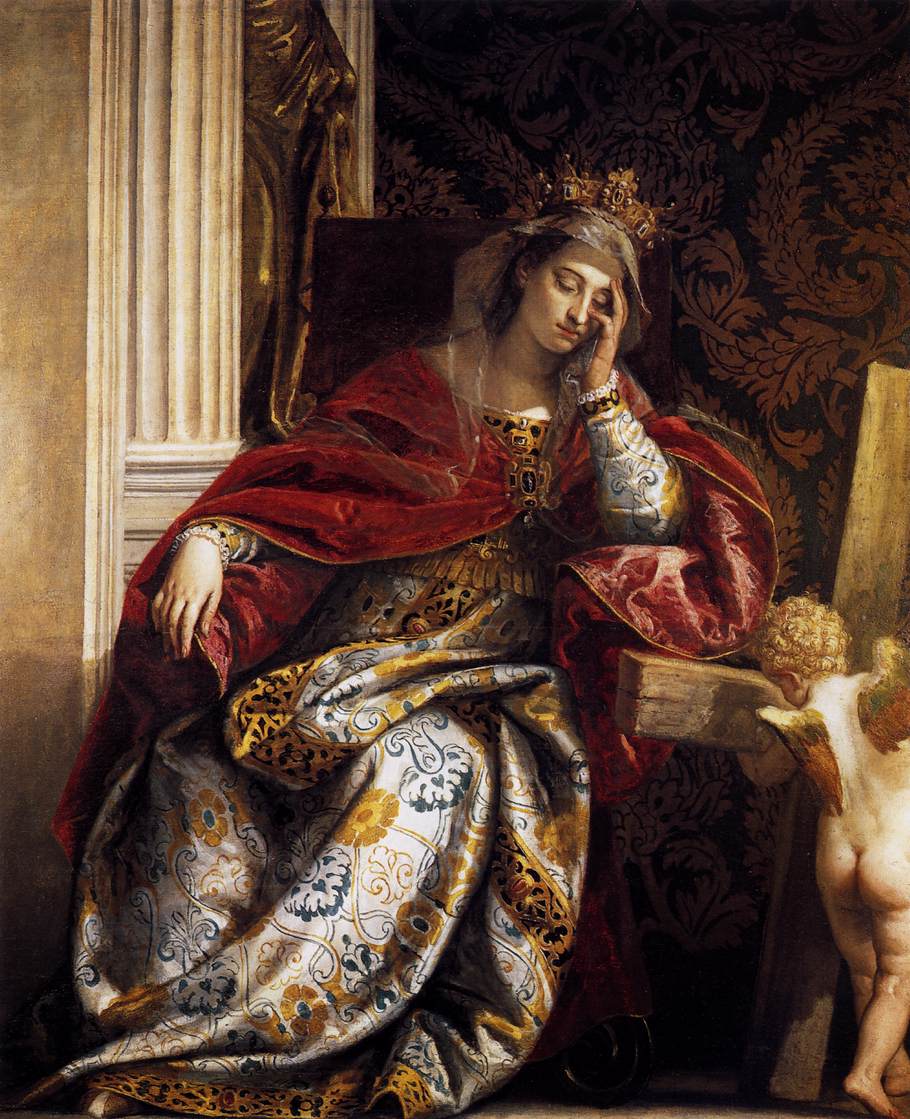St. Helena and Her Love for The Cross
Aug 17, 2016 by Nick Rabiipour
Saint Helen (also known as St. Helena), was a woman of humble means from Asia Minor. She married (or was a consort of) a Roman army officer who would become the future Roman Emperor Constantius Chlorus, and their son Constantine was born in c. 272.
Constantius, rising in the ranks of the Roman Empire, divorced Helen in c. 293 in order to marry Emperor Maximian's daughter for the sake of political gain. When their son Constantine became Roman Emperor in place of his father in 306 A.D., Helen was given the imperial title “Augusta” and was treated like royalty.
Helen converted to Christianity late in life. After her son legalized Christianity in 313 A.D., she was fervent in spreading the faith and using her royal position and influence to build churches for the worship of God across the Empire.
ST. HELEN'S HOLY MISSION
When Helen was in her 80's, she made a decision that would transform her life. Under her son Constantine's orders, she organized a small group to travel to the Holy Land to find the actual Cross on which Jesus, the Son of God, was crucified. She knew that this undiscovered relic was the foundation and the life-giving heart of the incarnational Christian faith. According to one tradition, St. Helen first received the inspiration for this holy mission in a dream.

At that time, pagan temples were built on top of all the holy places from Jesus' life, which prevented Christians from worshiping there. Although she faced many challenges in her holy pursuit, St. Helen learned through questioning local Christian and Jewish leaders that the Cross was believed to be buried underneath the spot where the Temple of Venus stood.
St. Helen then assisted the Church in having the pagan temple demolished and carefully excavated, and there discovered Jesus' tomb (the Holy Sepulchre), three crosses, a board with Pilate's inscription, and the nails which had pierced Jesus' Sacred Body.

Unsure which of the three crosses was the one on which Jesus was crucified, the local bishop, St. Macarius, had all three crosses touched to the corpse of a dead man as well as to the body of a woman with an incurable illness. When one of the crosses brought the dead man to life and instantly cured the sick woman, they knew they had discovered the life-giving Cross of Jesus Christ. The year was 326 A.D.
The Cross of Christ was elevated and celebrated, and Christians flocked to venerate it. The event is commemorated each year with the Feast of the Triumph (Exaltation) of the Holy Cross. St. Helen sent pieces of the True Cross back to Rome and Constantinople, and had a large church built to mark the site as the actual location of Jesus’ crucifixion, burial, and resurrection, known today as the Church of the Holy Sepulchre.
While in Jerusalem St. Helen visited all the holy places of Jesus' life and built many churches over their locations, including at Bethlehem (the Church of the Nativity), the Mount of Olives (the Church of the Pater Noster), and the Garden of Gethsemane. Without her work, the memory of those sacred sites would have been lost.
Tradition also holds that the empress gathered earth from the site of Jesus' crucifixion, where his blood was spilled, and spread it over the ground in Rome (where the Vatican Gardens now stands) in order to unite the blood of Christ with the blood of the martyrs shed in Rome.
Saint Helen had a true love and zeal for Jesus Christ and his Cross. She teaches us that if we have true love for Christ, then it must culminate in a desire for his Cross. May her feast encourage us to desire to embrace the life-giving Cross as she did, because through it the victory over sin and death has been won.

This article has been updated and was originally published in August 2012. ©The Catholic Company





